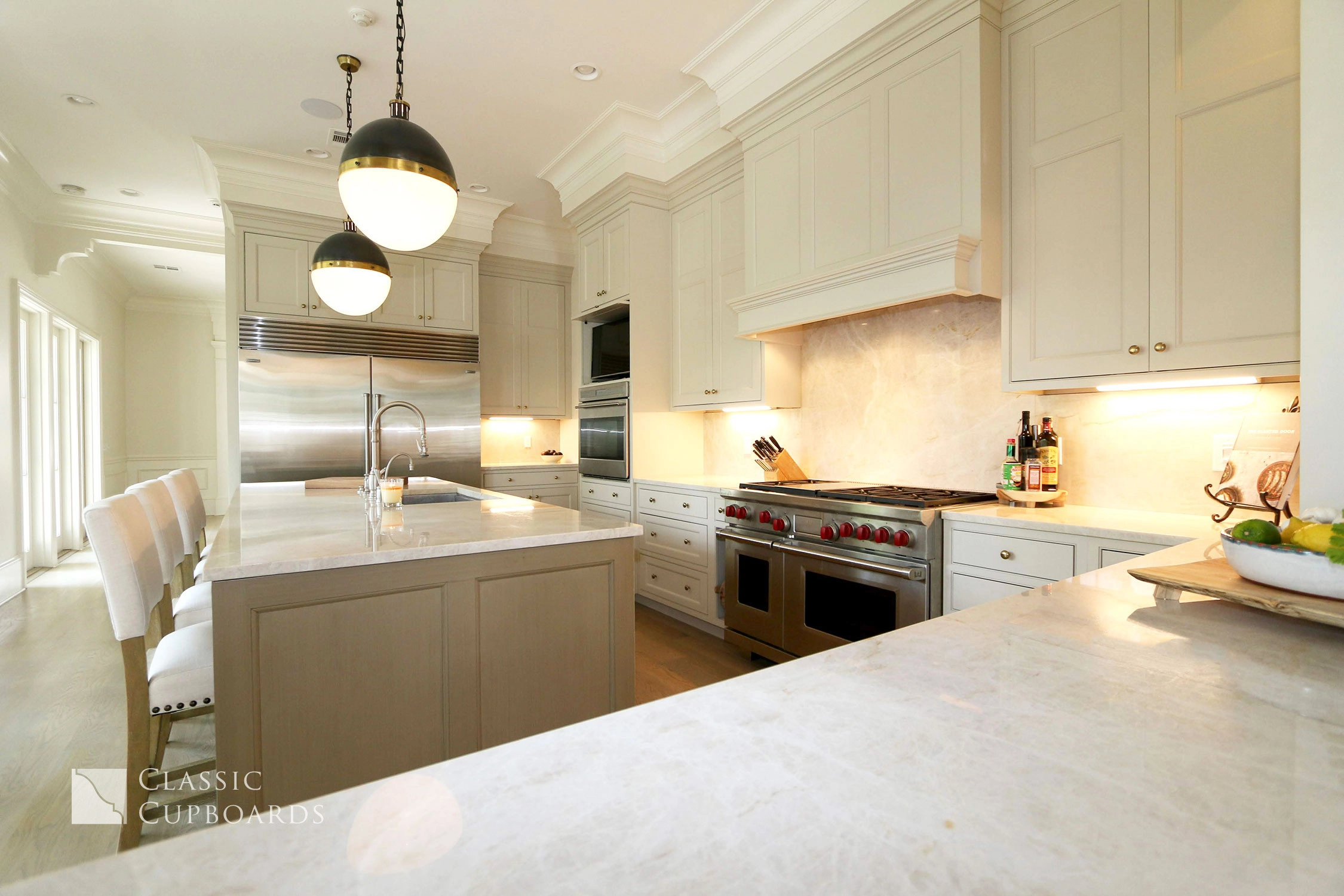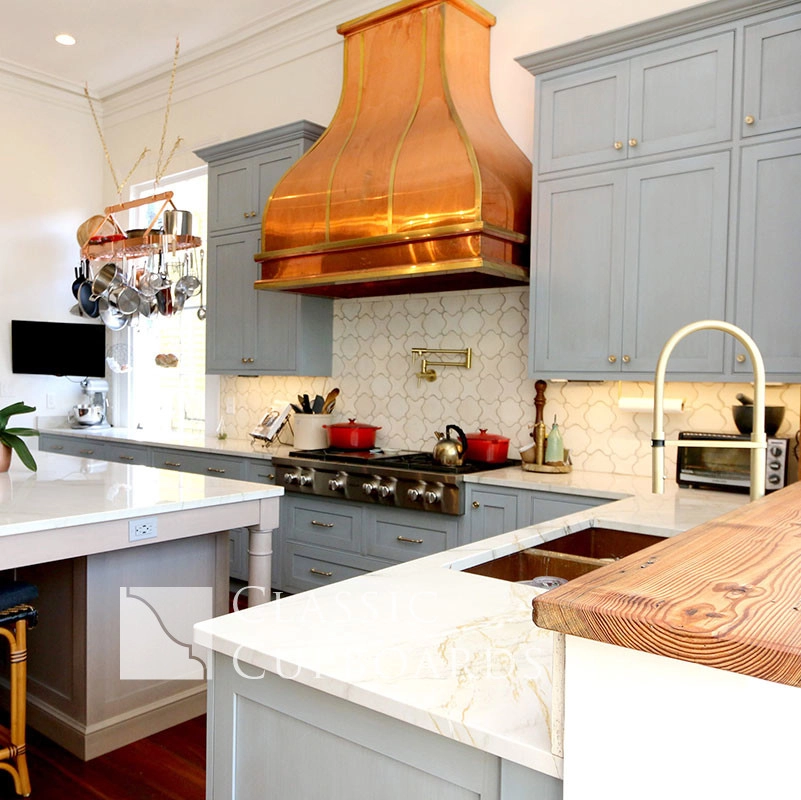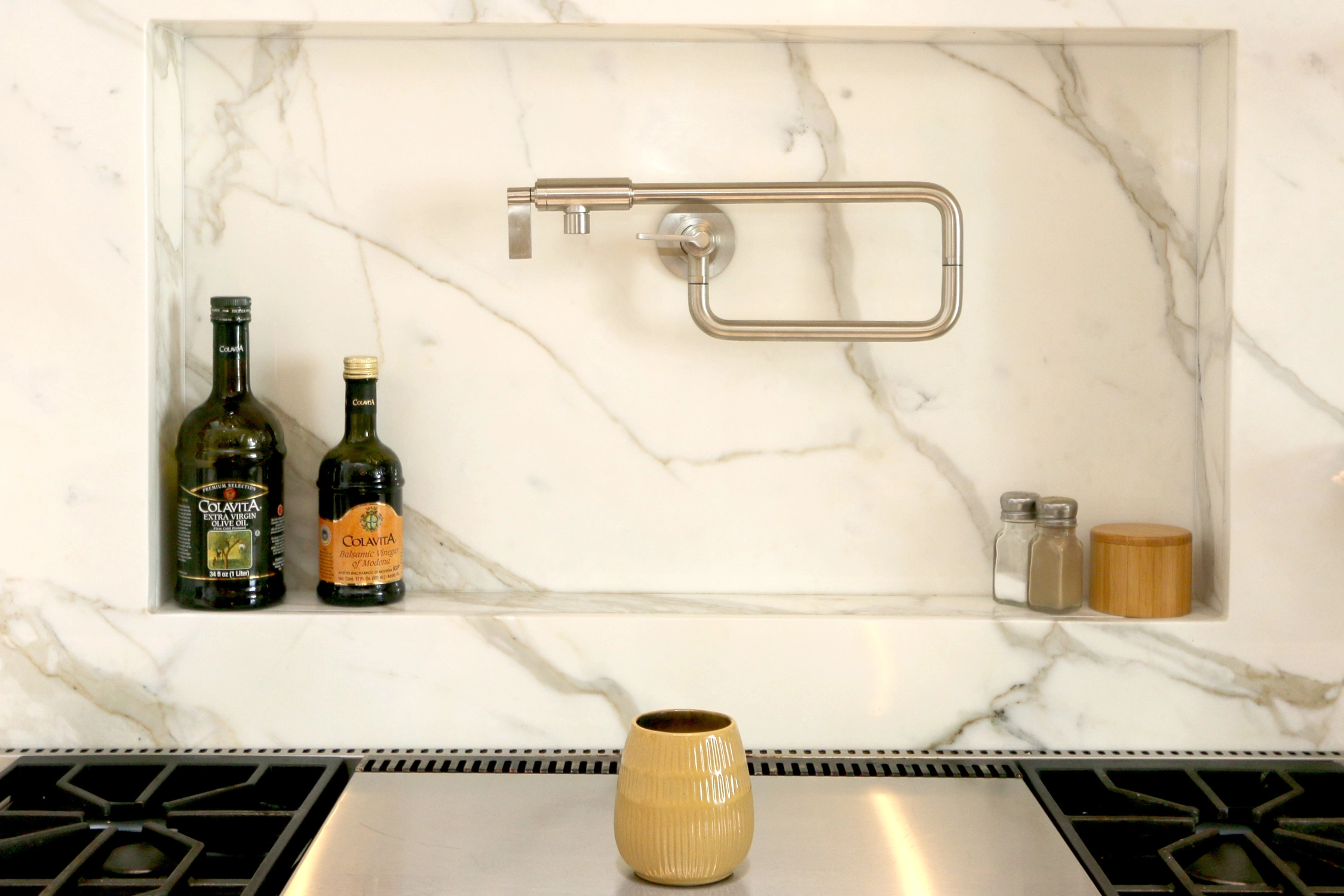Choosing Your Ideal Pendant Light For Your Kitchen
Add Beauty Without Sacrificing Function
In a space where proper lighting is important to avoid mishaps when chopping vegetables, don’t feel regulated to sterile fluorescent lights or an abundance of recessed cans to light your kitchen. A functional lighting design can include both discrete and highly illuminating can lights (because let’s face it, no one wants fluorescents) for overall lighting with more decorative pendant lights over task areas, such as at the Kitchen Island or Sink area to bring a bit of style and glam to the room.
With pendant lights, you can take advantage of this focused down lighting to illuminate the most used areas of the kitchen while also adding a decorative touch. Choosing the right type of pendant light, well that combines a bit of personal preference with just a touch of arithmetic.
Size And Quantity
When selecting pendant lights for your kitchen, it is important to take into consideration the overall sight-line and choose a fixture who’s size does not overwhelm the space. It’s walking a fine line, though, to be sure that your fixture is not dwarfed in the room. Ideally hung between 30 and 36 inches above the countertop, the fixture should be higher than eye level (let’s avoid hitting our heads!), but not so high that the light is fully dispersed and ineffective.
When determining the overall width, add the length and width in feet of your island to determine the ideal fixture size in inches – no conversion required! Choosing between 2 and 3 lights over your island is more of a personal choice, though. Generally smaller islands, those less than 5’, benefit from 2 fixtures, while those larger than 10’ need 3 in order to match the scale of the space. The in-between sizes have a bit of design carte-blanche and can work with either 2 slightly larger or 3 smaller pendants. Another good overall guide is to keep 18” between fixtures themselves as well as between the fixture and the edge of the island.

Style, Material, And Finish
When selecting a pendant light, the material is just as important, if not more so, than the style or finish. Fixtures with fabric shades or drums can become easily soiled, whereas glass and metal fixtures are easily wiped and cleaned when they accumulate dust. Take care when choosing a style that does not impede the sight line of those congregating around the island – heavy metal or solid fixtures may be omitted in favor of those with glass globes or an airy design.
Today’s pendants are designed to compliment a wide array of styles, so don’t think that you’ve got to stick with one style in the catalog when mixing your dining or breakfast area fixtures with your pendant lights. Choose a complimentary design that carries over the same finish or silhouette, but feel free to make a statement with the overall style. If you’ve stuck with neutral tones throughout the kitchen, take a chance with a bold color on your pendants, or choose an interesting shape and style.
The same holds true for mixing finishes in the space – don’t feel like your faucet color dictates the metal finish throughout the room. Add a coordinating color for your light fixtures and cabinet hardware and bring a bit of warmth throughout the space. Keep it cohesive, though, and don’t use more than two metal finishes in the room.
It’s easy to get overwhelmed when looking at pendant styles – from lanterns and globes to bowls, dome, and teardrop, there is a style to suit every project. At Classic Cupboards, our team of designers provide assistance with all the finishing touches to your kitchen design. Contact us today!
At Classic Cupboards, our designers will collaborate with you to incorporate open storage into a functional design for your home. Give us a call today to schedule your appointment!
Blog
More Articles



